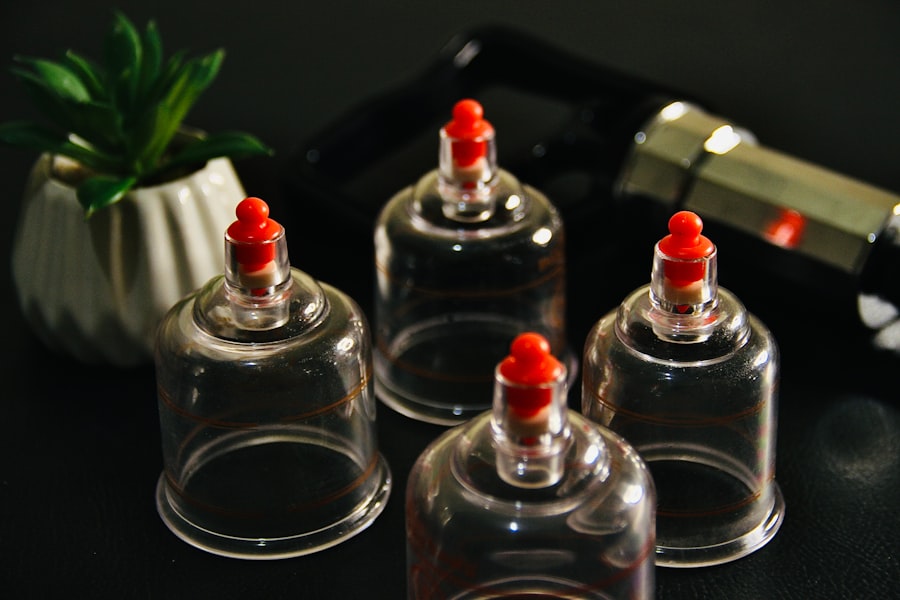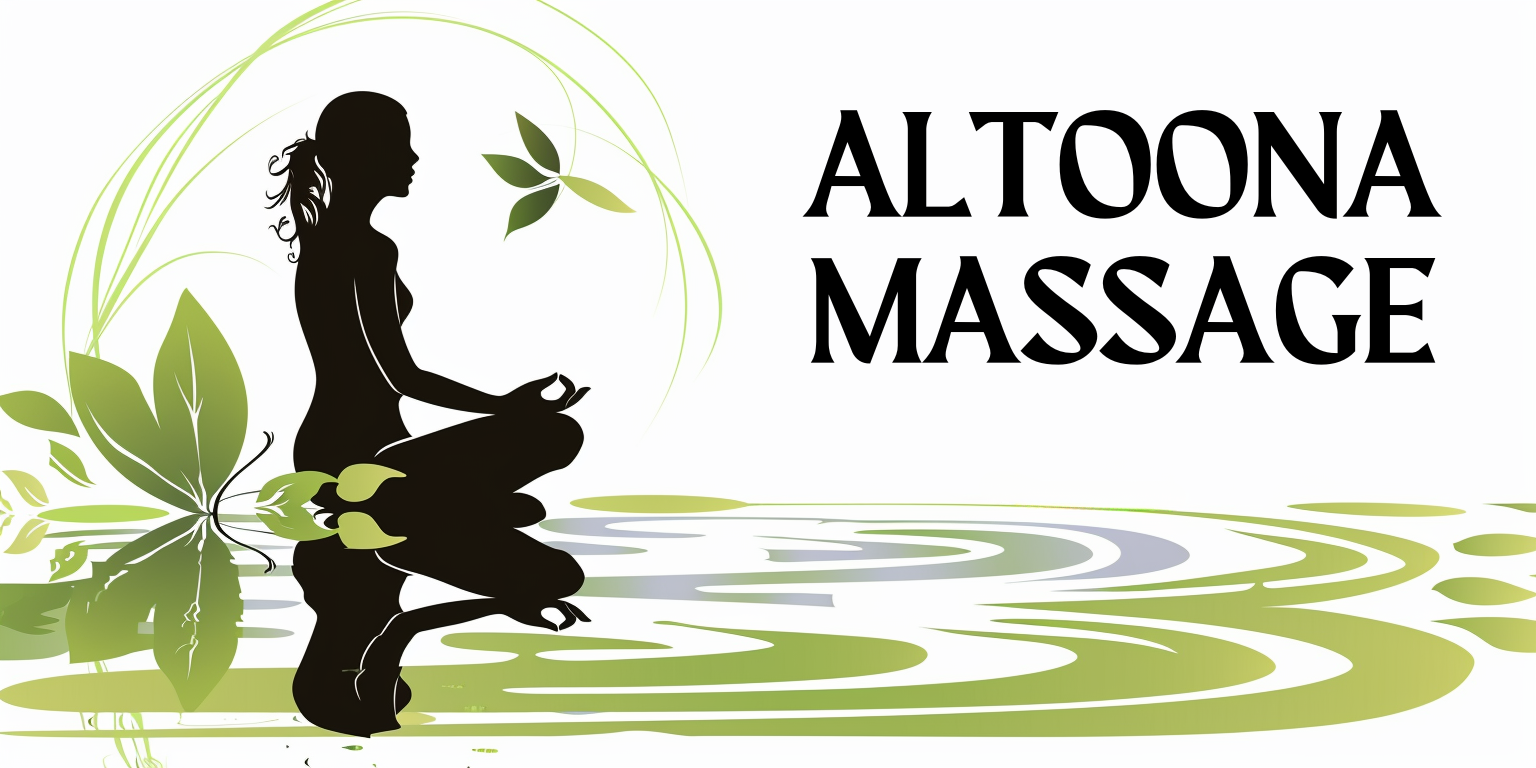Attention Deficit Hyperactivity Disorder (ADHD) is a neurodevelopmental condition that affects both children and adults. If you or someone you know has ADHD, you may be familiar with the common symptoms, which include inattention, hyperactivity, and impulsivity. These symptoms can manifest in various ways, such as difficulty focusing on tasks, restlessness, and challenges in organizing activities.
You might find it hard to complete assignments or follow through on commitments, leading to frustration and feelings of inadequacy. In addition to the core symptoms, ADHD can also be accompanied by emotional dysregulation, anxiety, and difficulties in social interactions. You may notice that individuals with ADHD often struggle to maintain relationships or manage their emotions effectively.
This can create a cycle of stress and anxiety that exacerbates their symptoms. Understanding these nuances is crucial for developing effective coping strategies and treatment plans that address not only the symptoms but also the emotional and social challenges that accompany ADHD.
Key Takeaways
- ADHD symptoms include inattention, hyperactivity, and impulsivity
- Massage therapy can reduce stress, anxiety, and improve sleep quality
- Massage can help manage ADHD symptoms by promoting relaxation and reducing hyperactivity
- Techniques such as Swedish massage and deep tissue massage can be beneficial for ADHD
- Research suggests that massage therapy can be an effective complementary treatment for ADHD
The Benefits of Massage Therapy
Massage therapy is a holistic approach that offers numerous benefits for both physical and mental well-being. If you have ever experienced the soothing effects of a massage, you know how it can help alleviate tension and promote relaxation. The physical benefits of massage include improved circulation, reduced muscle tension, and enhanced flexibility.
These effects can be particularly beneficial for individuals with ADHD, who may experience heightened levels of stress and physical restlessness. Beyond the physical advantages, massage therapy also has significant psychological benefits. It can help reduce anxiety and improve mood by promoting the release of endorphins, the body’s natural feel-good hormones.
If you are seeking a way to manage stress or improve your overall emotional state, incorporating massage therapy into your routine may provide a much-needed respite from the challenges associated with ADHD. The calming effects of massage can create a sense of balance and tranquility, allowing you to better navigate daily life.
How Massage Can Help Manage ADHD Symptoms

Massage therapy can play a pivotal role in managing ADHD symptoms by addressing both the physical and emotional aspects of the disorder. When you receive a massage, your body enters a state of relaxation that can help reduce hyperactivity and impulsivity. This calming effect can be particularly beneficial for individuals who struggle with maintaining focus or controlling their impulses.
By providing a structured environment for relaxation, massage therapy can help you regain a sense of control over your body and mind. Moreover, the sensory experience of massage can be grounding for individuals with ADHD. Many people with this condition are sensitive to sensory input, which can lead to feelings of overwhelm.
Massage provides a focused sensory experience that can help you reconnect with your body in a positive way. This reconnection can enhance your ability to manage distractions and improve your overall attention span. As you learn to appreciate the sensations of touch and pressure during a massage, you may find it easier to apply similar mindfulness techniques in other areas of your life.
Types of Massage Techniques for ADHD
There are various massage techniques that can be particularly effective for individuals with ADHD. One popular method is Swedish massage, which utilizes long strokes and gentle kneading to promote relaxation and reduce muscle tension. This technique can help calm an overactive mind and create a sense of peace, making it an excellent choice for those seeking relief from ADHD symptoms.
Another beneficial technique is deep tissue massage, which focuses on deeper layers of muscle and connective tissue. This type of massage can be especially helpful for individuals who experience physical tension as a result of stress or anxiety related to their ADHD. By addressing these deeper layers, deep tissue massage can help release built-up tension and promote a greater sense of relaxation.
Additionally, techniques such as aromatherapy massage can enhance the experience by incorporating essential oils known for their calming properties, further supporting emotional well-being.
Research and Studies on Massage and ADHD
Research into the effects of massage therapy on ADHD is still emerging, but preliminary studies suggest promising results. Some studies have indicated that regular massage therapy can lead to improvements in attention span, emotional regulation, and overall behavior in children with ADHD. If you are considering this approach, it may be reassuring to know that many parents have reported positive changes in their children’s ability to focus and manage their impulses after incorporating massage into their treatment plans.
Furthermore, research has shown that massage therapy can reduce cortisol levels—often referred to as the stress hormone—in individuals with ADHD. Lower cortisol levels are associated with reduced anxiety and improved mood, which can significantly impact daily functioning. While more extensive research is needed to fully understand the long-term effects of massage therapy on ADHD symptoms, existing studies provide a strong foundation for considering it as a complementary treatment option.
Incorporating Massage into ADHD Treatment Plans

If you are exploring ways to incorporate massage therapy into an ADHD treatment plan, it is essential to approach it as part of a comprehensive strategy. While massage can provide significant benefits, it should not replace traditional treatments such as behavioral therapy or medication when necessary. Instead, consider integrating massage as a complementary practice that enhances overall well-being.
To effectively incorporate massage into your routine, you might start by scheduling regular sessions—perhaps weekly or bi-weekly—depending on your needs and availability. Consistency is key; regular massages can help reinforce the calming effects over time. Additionally, consider discussing your specific symptoms and goals with your massage therapist so they can tailor the sessions to address your unique challenges related to ADHD.
Tips for Finding a Qualified Massage Therapist
Finding a qualified massage therapist who understands the unique needs of individuals with ADHD is crucial for maximizing the benefits of this therapy. Start by seeking recommendations from healthcare professionals or support groups specializing in ADHD. They may have insights into therapists who have experience working with clients facing similar challenges.
When interviewing potential therapists, don’t hesitate to ask about their experience with ADHD clients and their approach to treatment. A good therapist will take the time to understand your specific symptoms and preferences before developing a tailored plan for your sessions. Additionally, consider scheduling an initial consultation to gauge your comfort level with the therapist’s style and techniques before committing to regular sessions.
Other Complementary Therapies for ADHD
In addition to massage therapy, there are several other complementary therapies that may benefit individuals with ADHD. Mindfulness practices such as yoga and meditation have gained popularity for their ability to enhance focus and emotional regulation. These practices encourage self-awareness and present-moment attention, which can be particularly helpful for managing impulsivity.
Art therapy is another valuable option that allows individuals to express themselves creatively while developing coping skills. Engaging in creative activities can provide an outlet for emotions and help improve concentration over time. Additionally, physical activities like martial arts or team sports can promote discipline and focus while providing an enjoyable way to channel energy.
In conclusion, understanding ADHD symptoms is essential for developing effective management strategies. Massage therapy offers numerous benefits that can help alleviate some of the challenges associated with this condition. By exploring various techniques and incorporating massage into a comprehensive treatment plan, you may find new ways to enhance your well-being and improve your quality of life.
As you seek out qualified therapists and consider complementary therapies, remember that each individual’s journey with ADHD is unique; finding what works best for you is key to achieving balance and fulfillment in your daily life.
FAQs
What is ADHD?
ADHD stands for Attention Deficit Hyperactivity Disorder, which is a neurodevelopmental disorder that affects both children and adults. It is characterized by symptoms such as inattention, hyperactivity, and impulsivity.
What are the symptoms of ADHD?
The symptoms of ADHD can vary but commonly include difficulty paying attention, impulsivity, hyperactivity, disorganization, forgetfulness, and difficulty staying focused.
Can massage help with ADHD symptoms?
There is limited scientific evidence to support the use of massage as a standalone treatment for ADHD symptoms. However, some individuals with ADHD may find that massage therapy helps to reduce stress and anxiety, which can in turn improve their ability to focus and manage their symptoms.
How does massage therapy work for ADHD?
Massage therapy can help individuals with ADHD by promoting relaxation, reducing stress and anxiety, improving sleep quality, and increasing body awareness. These benefits may indirectly help to alleviate some of the symptoms associated with ADHD.
Is massage therapy a substitute for other ADHD treatments?
Massage therapy should not be considered a substitute for other evidence-based treatments for ADHD, such as medication, behavioral therapy, and educational support. It can be used as a complementary therapy to support overall well-being and symptom management.
Are there any risks or contraindications for using massage therapy for ADHD?
In general, massage therapy is considered safe for most individuals. However, it is important to consult with a healthcare professional before starting any new treatment, especially for individuals with certain medical conditions or sensitivities.
